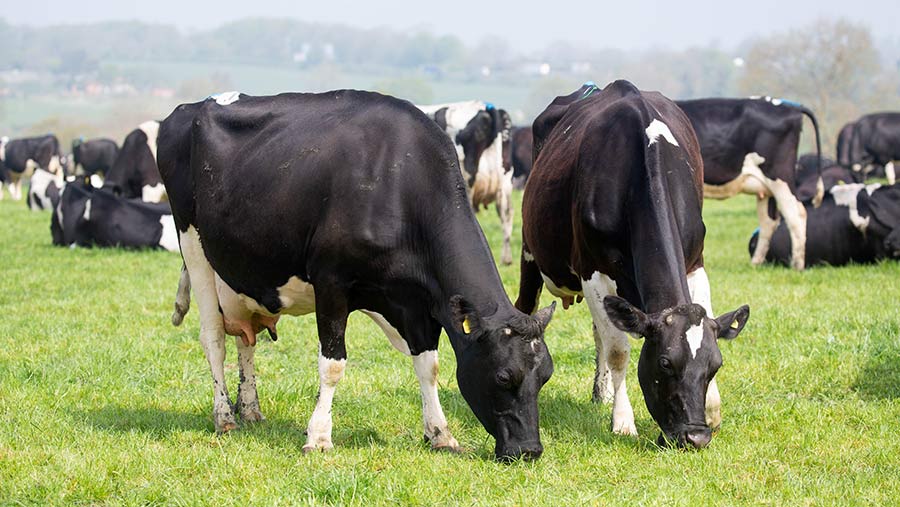Badger culls reduce bovine TB cattle outbreaks, study finds
 © Tim Scrivener
© Tim Scrivener New peer-reviewed, scientific evidence has highlighted the effectiveness of badger culling in reducing outbreaks of bovine TB in cattle.
The scientific analysis of data by Downs et al assessed the effects from four years of industry-led badger culling in England on the incidence of bovine tuberculosis in cattle between 2013 and 2017.
After four years of culling, there has been a 66% reduction in new TB breakdowns in cattle in Gloucestershire and a 37% reduction in Somerset, the data shows.
See also: 5 ways to improve TB control in the UK
However, the study found there was no change in TB herd incidence levels after two years of culling badgers in the Dorset cull zone. But incidence dropped by 55% in the same period in the 2km buffer zone around the edge of the cull area.
The report authors said the proportion of badgers culled in Dorset in the first year was lower than in Somerset and Gloucestershire, therefore “a reduction in the incidence of TB in cattle may take longer to emerge in Dorset”.
‘Consistent with RBCT’
Unlike the Randomised Badger Culling Trial (RBCT) carried out between 1998 and 2007, the study found no evidence of an increase in TB incidence rates in cattle in buffer zones surrounding culling areas.
The RBCT established that a reduction of 12-16% in the rate of new cases of cattle TB is possible, provided that more than 70% of the badger population is removed and that culling is carried out over a large area with natural boundaries.
The report concludes that the results of four years of culling badgers in England were “reasonably consistent with the RBCT”. It says: “A culling policy implemented by the farming industry can result in statistically significant reductions in the incidence of cattle TB.”
Responding to the report, which was published in the Scientific Reports journal on Friday (11 October), the NFU said it showed the phenomenal effect culling badgers has on reducing TB levels in cattle.
“There should now be no doubt in anyone’s mind that this policy works,” said NFU vice-president Stuart Roberts.
“Controlling the disease in wildlife is a crucial element to tackling this devastating disease, alongside a range of measures such as enhanced biosecurity and strengthening cattle movement controls.
“On such a strong scientific basis, it is absolutely vital that the government’s strategy is continued in order to see reductions in all areas where TB is endemic.”
The British Veterinary Association (BVA) said it continued to support a comprehensive and evidence-based approach to tackling bovine TB, including the use of badger culling where there is a demonstrated need and where it is done safely, humanely and effectively as part of a comprehensive strategy.
James Russell, BVA Junior Vice President said: “These findings are encouraging and offer further evidence that badger culling can result in significant reductions in the number of new cases of TB in cattle.
“However, they come with the caveat that the data only relates to the first three cull areas, and the variability within these alone makes it too early to draw firm conclusions that culling will reduce incidence significantly in all 40 areas where it is now taking place.”
Badger Trust response
But the Badger Trust questioned the independence of the report, and claimed that its authors were closely associated with the government cull policy. The study also did not take into account a 130% increase in TB incidents in herds in the Gloucestershire cull zone recorded between 2017-2018.
Badger Trust CEO Dominic Dyer said: “This data analysis will no doubt be used by the government and the NFU to justify the mass destruction of a protected species, in an attempt to lower bovine TB in cattle.
“However, the academics involved have failed to explain how they can be certain that the 66% reduction in TB incident rates in Gloucestershire and 42% in Dorset between 2013-2017 [compared with comparison areas] can be attributed solely to badger culling and not a wide range of cattle-based measures that have also been implemented in these cull zones.”
